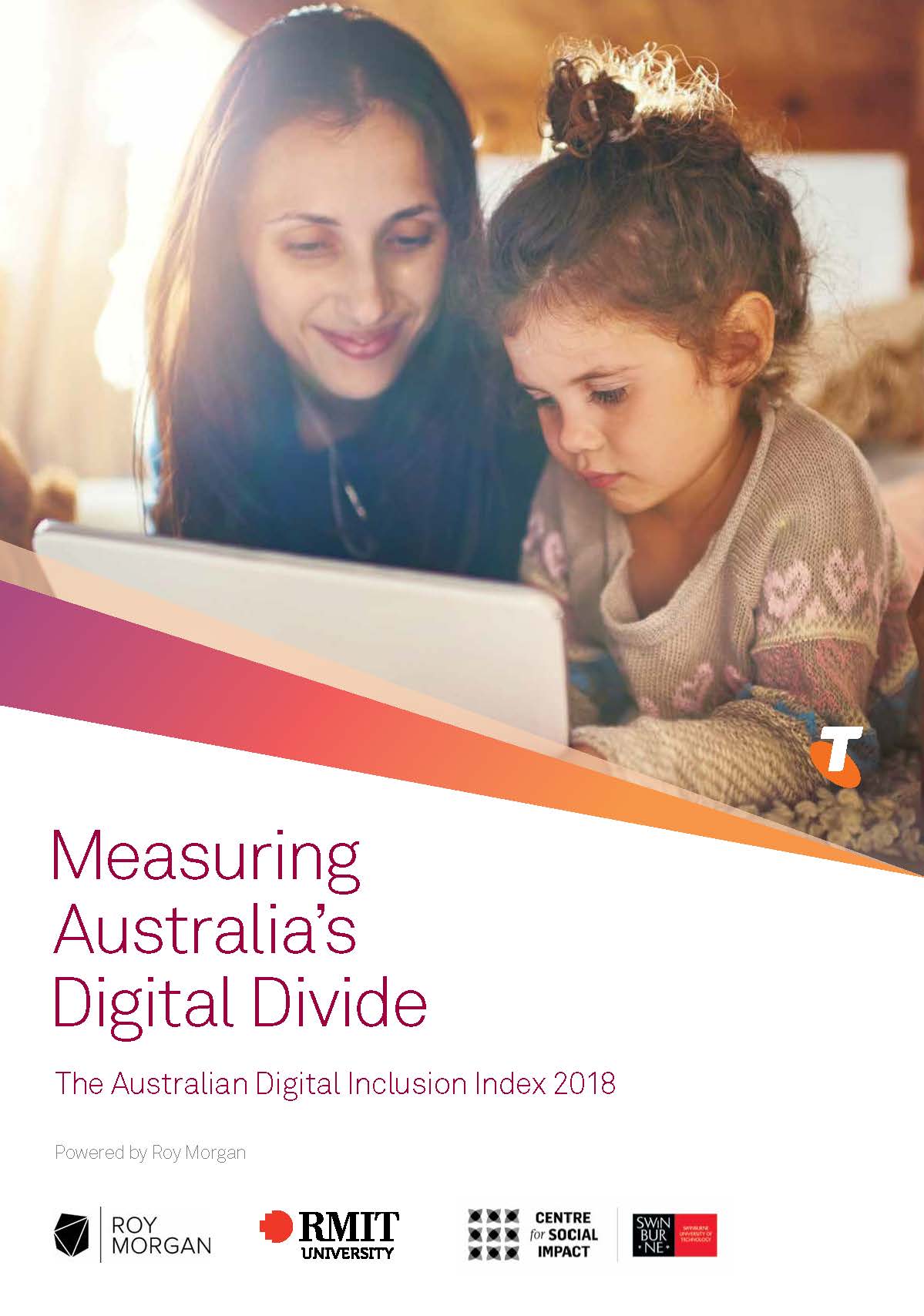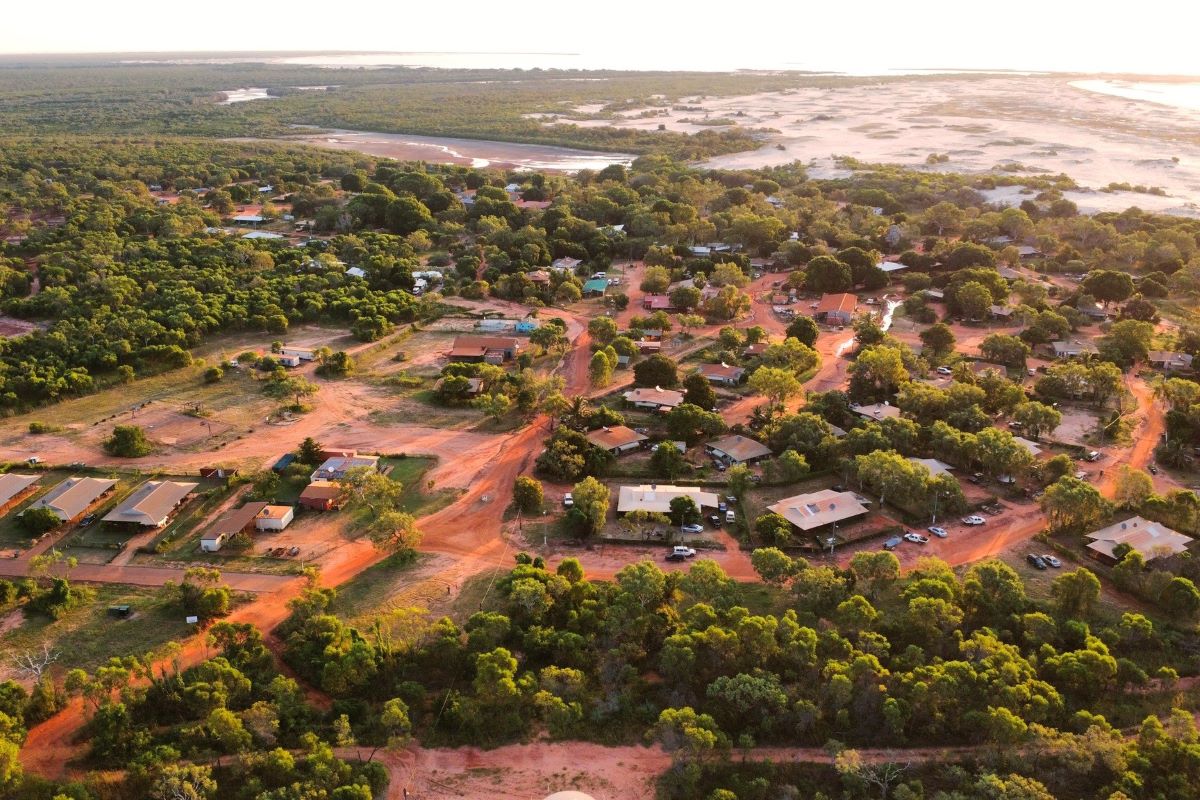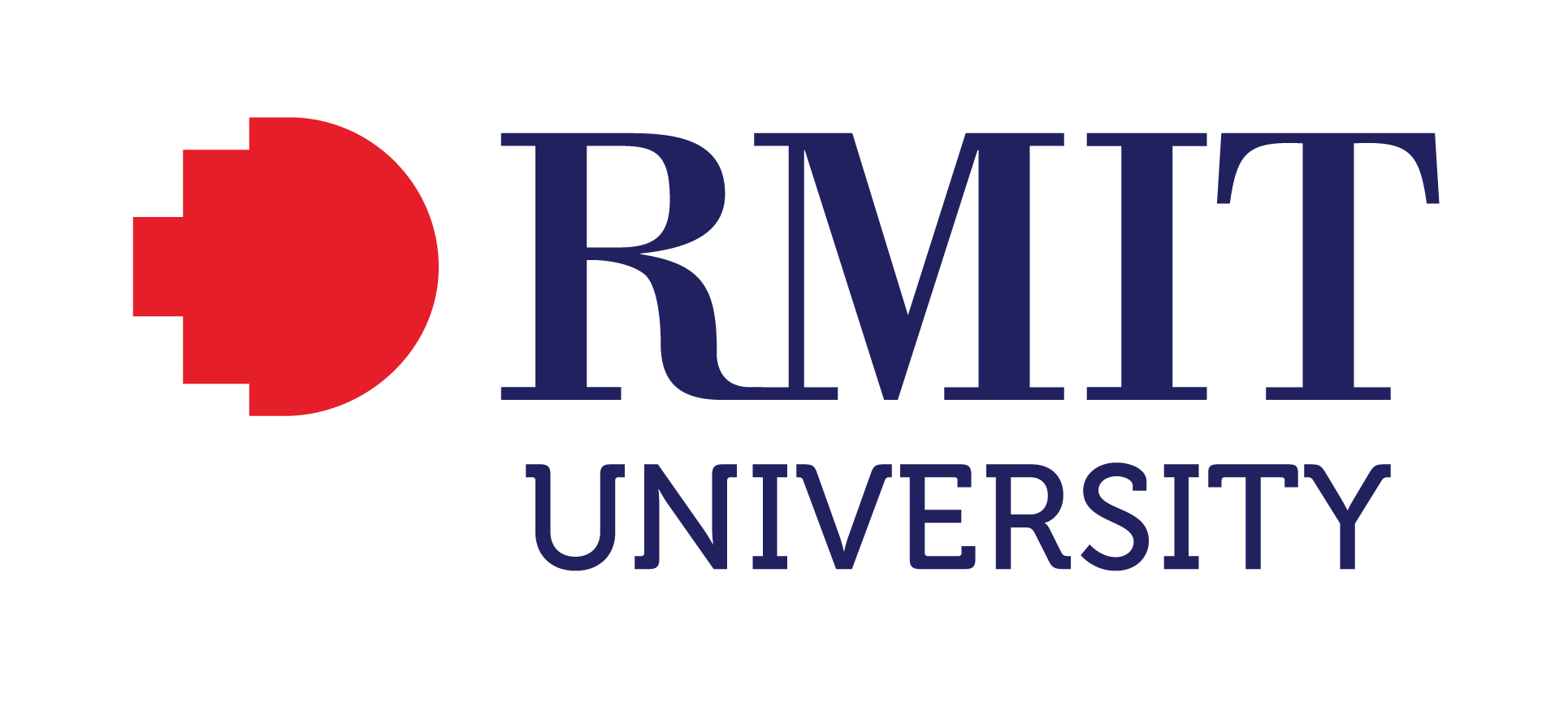This case study was originally published in the 2018 Australian Digital Inclusion Index report, and is derived from the Roy Morgan Single Source dataset. As of 2021, the Australian Digital Inclusion Index is based on the Australian Internet Usage Survey (AIUS). The numerical results of this case study cannot be compared with the refreshed ADII data.
Although the ADII provides a rich picture of digital inclusion for Indigenous Australians living in urban and regional areas extending back to 2014, the data does not include those living in remote areas. Recent research conducted by the ADII research team (using the ADII Supplementary Survey) in the remote Indigenous community of Ali Curung suggest that remoteness further diminishes digital inclusion for Indigenous Australians, particularly with regards to access and affordability.
Quantitative digital inclusion data collected in remote communities by the ABS suggests distinctly lower levels of internet access, for instance, 2014/15 National Aboriginal and Torres Strait Islander Social Survey data shows that 53% of Indigenous Australians in remote and very remote areas had accessed the internet in the previous 12 months, while the equivalent figure for those in other areas was 85.7%1. This data is useful, but reveals little about the barriers to fruitful online participation with regards to costs, attitudes, and skills.
To deepen our knowledge of the nature and extent of digital inclusion for Indigenous Australians in remote communities, the ADII Supplementary Survey2 was conducted with 112 Indigenous Australians from Ali Curung, a community of approximately 500 people located 380 km north of Alice Springs. The survey was administered face-to-face (using a tablet to record data) by the Centre for Appropriate Technology (CfAT) with local assistance3.
Overall, the survey results reveal that members of the Ali Curung community have a very low level of digital inclusion. The digital inclusion score for the community (42.9) is 17.3 points lower than the Australian average (60.2) and 11.5 points lower than that recorded by Indigenous Australians in urban and regional areas.
The very low Access score recorded for Ali Curung (47.3) is primarily a result of a reliance on mobile connectivity. Although nine in ten respondents maintained an internet connection, not one of these people had fixed broadband despite the local availability of satellite services. Respondents also predominately used pre-paid mobile services. These results accord with previous research conducted in Ali Curung4, and reflect the prevalence of mobile-only connections amongst Indigenous Australians in the ADII dataset. One consequence is that Indigenous Australians in Ali Curung have access to smaller data allowances than if they had a fixed broadband service which might be a factor in limiting the intensity of internet use – members of the Ali Curung community are less likely to use the internet daily than the national average.
Like other mobile-only users in the ADII dataset, Ali Curung community members return a very low affordability score (25.8). The higher pricing and cost structure of mobile data is one reason for this. Although mobile data charges have fallen in recent years, a gigabyte of data remains considerably more expensive on mobile networks than via fixed broadband. In Ali Curung, this translates into a Value of Expenditure score of 12.1, some 48.9 points below the national average. Ali Curung also records a very low Relative Expenditure score (39.6) since expenditure on internet access accounts for a large portion of household income – 2.15% compared to the national average of 1.17%.
Although higher costs, restricted data allowances, and device limitations associated with mobile broadband access tends to diminish Digital Ability scores for those that rely solely on this form of access, this is not the case in Ali Curung. In fact, on this sub-index – which captures online competency through participation in a range of online activities – Ali Curung recorded a higher score (52.3) than the national average (49.5). People in Ali Curung were more likely than the average Australian to use the internet to engage in shopping and banking, access government services, keep up with the news, communicate via voice and messaging services and stream or download content. These results accord with existing qualitative research that finds that for those living in very remote areas the internet is an important point of social connection and vital conduit for accessing information and services5.
The Ali Curung findings reveal some of the complexities of digital inclusion in remote Indigenous communities. While local patterns of use suggest the internet is an important lifeline for those in remote communities, accessing it comes at a higher cost than it does for those in the cities and towns. Addressing this affordability issue is important, and the Broadband for the Bush Alliance have made some recommendations worth considering, such as providing remote communities with public internet access and ensuring reliable access to online government services6.
Further information
For more information, including related data tables and the full citation list, please refer to the 2018 Australian Digital Inclusion Index.
References and footnotes
[1] Australian Bureau of Statistics (2016). National Aboriginal and Torres Strait Islander Social Survey, 2014-15, Catalogue number 4714.0, Canberra, 27 April. See also Australian Bureau of Statistics (2017). Census of Population and Housing, 2016, Indigenous Locations (ILOCs) data, accessible through ABS TableBuilder.
[2] See Appendix 1 for a description of the ADII Supplementary Survey methodology.
[3] Given the diversity of remote communities, the Ali Curung survey results are not intended to be representative of remote-living Indigenous Australians.
[4] Rennie, E., Hogan, E., Gregory, R., Crouch, A., Wright, A., Thomas, J., & Rasch, M. D. (2016). Internet on the Outstation: The digital divide and remote Aboriginal communities. Theory on Demand, (19). See pages 152-4 for a useful survey of the existing literature on the prevalence of mobile phone use in remote communities. Rennie, E. (2016). Demic deal-breakers and the statistical imaginary of the digital divide. AoIR Selected Papers of Internet Research, 5. Rennie’s notion of demic deal-breakers offers a framework for understanding how the “consumer preference for pre-paid billing, as well as practical difficulties associated with satellite internet connections, means that households [in remote communities] are more likely to go without internet than enter into satellite internet contracts” (p.7).
[5] Rennie, E., Hogan, E., Gregory, R., Crouch, A., Wright, A., Thomas, J., & Rasch, M. D. (2016). Internet on the Outstation: The digital divide and remote Aboriginal communities. Theory on Demand, (19). These benefits, however, do not come without concerns. Work by Rennie, Yunkaporta and Holcombe-James (2018) conducted in partnership with Telstra explores some of the tensions arising out of the intersection of digital technologies and Aboriginal forms of governance. Rennie, E., Yunkaporta, T., Holcombe-James, I. (2018). Cyber safety in remote Aboriginal communities: Final report. Melbourne: Digital Ethnography Research Centre.
[6] Broadband for the Bush Alliance (2017). Proposal to introduce Indigenous Digital Inclusion as a Closing the Gap key performance measure. Retrieved 2 August 2018 from www.broadbandforthebush.com.au/wp-content/uploads/2018/01/Letter-to-NT-CM_Digital-Inclusion-as-Closing-the-Gap-indicator_20170803_….pdf
Citation
Thomas, J, Barraket, J, Wilson, C, Ewing, S, MacDonald, T, Tucker, J & Rennie, E, 2018, Measuring Australia’s Digital Divide: The Australian Digital Inclusion Index 2018, RMIT University, Melbourne, for Telstra. DOI: www.dx.doi.org/10.25916/5b594e4475a00







